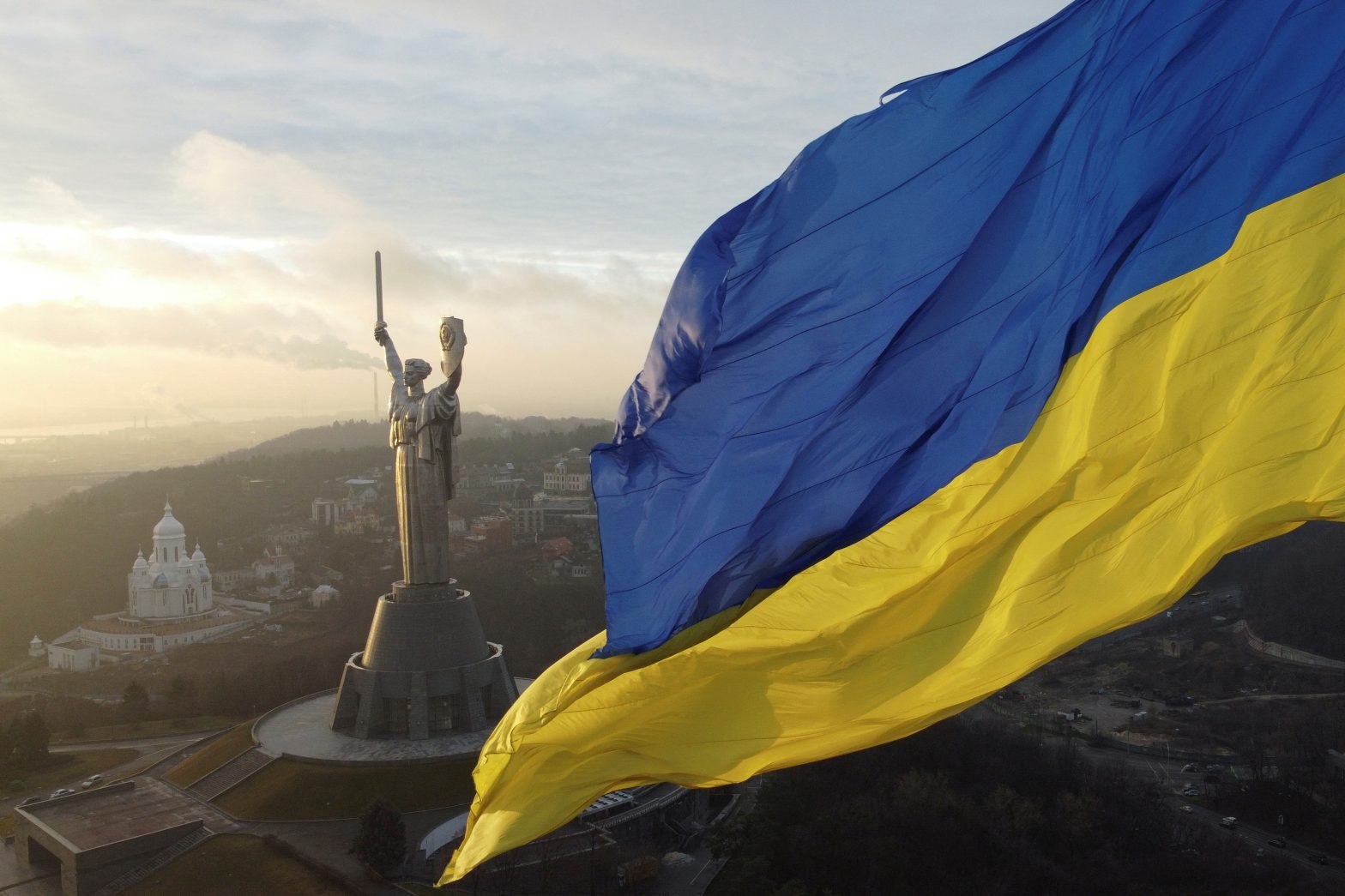This is the first million-coin milestone reached since October 2019. More than 90% of all Bitcoin that will ever exist have been mined.
It is extremely difficult to forecast when the 20 millionth coin will be mined due to a plethora of various variables.
Because Bitcoin payouts for miners are half every four years, the Bitcoin generation process is becoming slower.
The maximum supply of BTC is hard-capped at 21 million coins, which is widely regarded as one of the flagship cryptocurrency’s most significant advantages.
Gold, on the other hand, has a limitless supply. Block generation periods might vary according on the network’s mining difficulty, which is adjusted every two weeks. Due to shifting mining regulations, the very last BTC is likely to be mined only in 2140, according to approximate estimations.
Because Bitcoin is built on software, it is theoretically feasible for someone to propose a code update to boost Bitcoin’s maximum supply above the previously stated limit.
Changing Bitcoin’s hard ceiling of 21 million coins, on the other hand, would be considered sacrilegious by the community.
Matt Luongo, the inventor of Thesis, previously proposed raising the maximum supply of the top cryptocurrency so that miners would still be incentive to continue safeguarding the network. Of course, the initiative drew harsh criticism.
Due to the decentralized structure of Bitcoin, getting tens of thousands of nodes to join would be difficult, which implies that such a major change has a snowball’s chance in hell of being implemented.
El Salvador is the only country that has made BTC legal cash, and it is currently selling Bitcoin-backed “Volcano Bonds” to generate funds. Several other nations, notably Brazil, showed encouraging signals of Bitcoin acceptance in 2021.
With fewer than 10% of Bitcoin yet to be mined, the most active Bitcoin purchasers, such as Do Kwon’s Luna Foundation Guard, face an uphill struggle if they wish to keep stacking Sats.












































